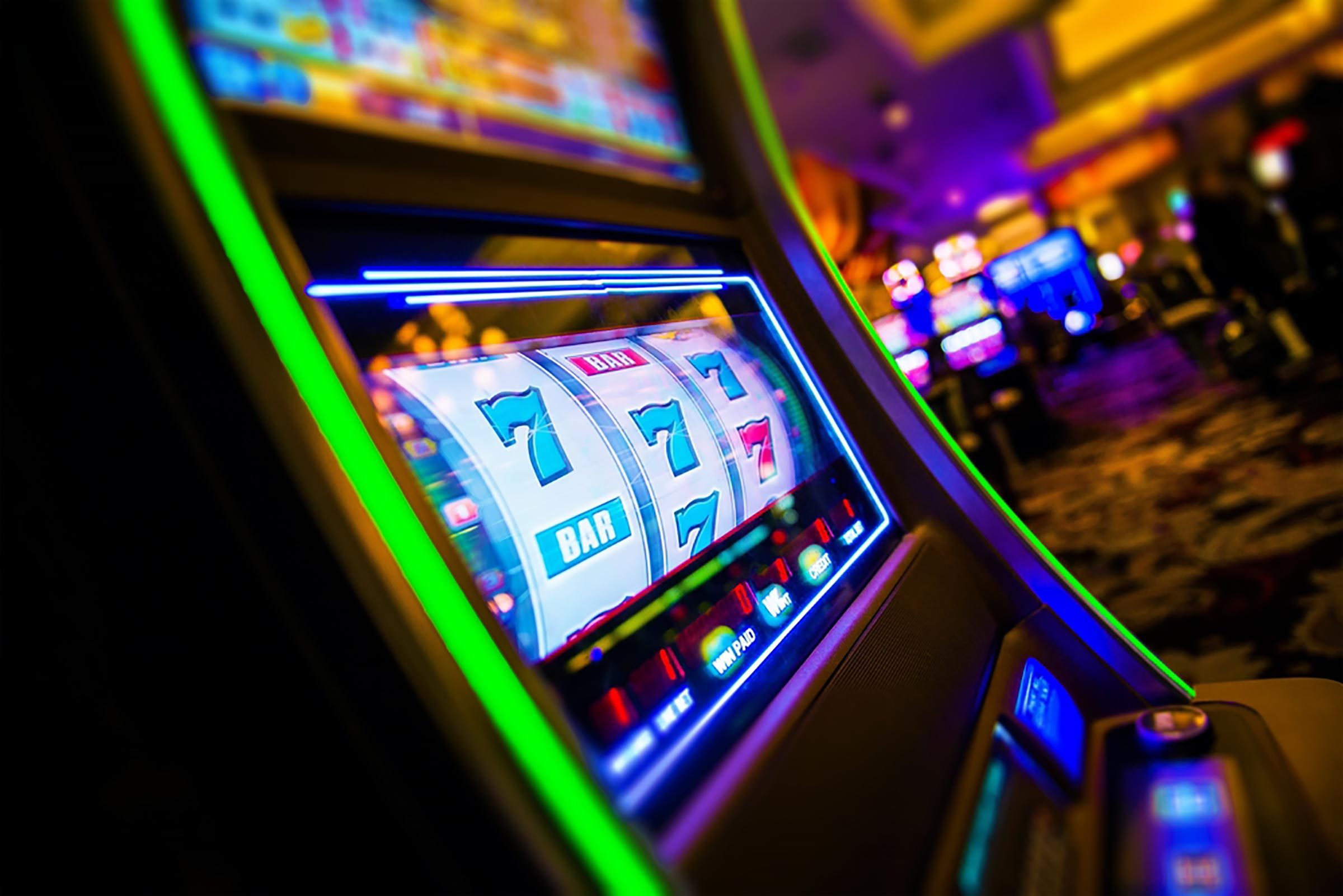
In a lively and thrilling world of casinos, where luck and strategy intertwine, hues and design play a pivotal role in attracting players. As soon as visitors step inside a casino or access a gaming website, they are enveloped in a visual feast that captures their attention and lures them to discover further. Vivid colors, engaging graphics, and creative layouts are meticulously crafted to create an atmosphere of thrill and expectation, ultimately enhancing the gaming encounter.
While gamblers move through the dynamic landscape of casino games, they encounter a variety of designs that not only serve visual purposes but also influence feelings and choices. Hues like red and gold symbolize wealth and fortune, while soothing blues and greens can create a much tranquil environment. Understanding how these elements work together enables casinos to create an inviting and stimulating atmosphere that encourages players to engage with the games, invest additional time at the tables, and boost their overall enjoyment. non GamStop casinos
The Science of Hue in Casino Games
Hue plays a key role in the design of casino games, affecting players’ feelings and behaviors. Vivid and bold hues, such as crimson and gold, are often used to incite excitement and draw attention. These hues create a feeling immediacy and vitality, encouraging gamblers to involve themselves more readily with the game. By thoughtfully selecting tints, creators aim to inspire emotions of satisfaction and excitement, which can enhance the overall gaming experience.
Distinct colors also have psychological meanings that can affect how participants perceive their chances of victory. For case, green is commonly associated with good fortune and abundance, making it a popular choice in activities like the roulette wheel and poker setups. This link can cause participants to feel more hopeful and confident in their gameplay, ultimately encouraging them to wager more. Comprehending these connections allows game designers to craft environments that enhance player satisfaction and loyalty.
In addition, the interface of casino game interfaces often employs blended colors and opposing hues to direct player actions. For example, successful results may be highlighted with striking, differing colors, creating a visual incentive. This method supports positive outcomes and encourages repeated gameplay. By exploiting the science of color, casinos can create games that not only captivate gamblers but also maintain them interested and dedicated in their play experience.
Design Elements that Attract Gamers
The visual appeal of casino games is primarily influenced by the implementation of vibrant colors. Bright and contrasting colors are deliberately chosen to create an inviting atmosphere that grabs interest. For example, reds and golden hues often signify good fortune and prosperity, which is why they are prevalent in the palettes of slot machines and game surfaces. These colors not only draw players in, but they also stir emotions associated with excitement and expectation, enhancing the overall gaming experience.
In parallel to color, the aesthetic and layout of casino games play a crucial role in player attraction. Games are designed to be intuitive, ensuring that players can quickly understand the guidelines and gameplay. User-friendly interfaces, along with captivating graphics and motion, help maintain player interest and encourage longer play sessions. The physical elements, such as the texture of the buttons and the audio of the games, also contribute to a holistic sensory experience that keeps players immersed.
Finally, conceptual elements in gaming design can significantly influence player choice. Many casino games are inspired by popular culture, fairy tales, or adventure themes, featuring symbols and characters that connect with players. These themes create a sense of immersion and connection, making each game feel unique. When players feel a connection to the concept, they are more likely to opt for that game over others, leading to higher participation and enthusiasm within the casino environment.
Case Studies: Effective Casino Slot Designs
One key example of effective gambling game design is the acclaimed slot machine series themed around blockbuster movies. Games such as those based on the The Wizard of Oz and Game of thrones utilize bright colors and high-quality graphics to enthrall players in familiar narratives. The employment of lively visuals and engaging sound effects takes the attention of players, establishing an affective connection to the theme. This approach merely fosters longer play but also improves the overall gaming experience, resulting in increased player retention.
Another effective case is the application of the psychology of color in table games like blackjack and the wheel. Casinos often design these games with dark reds and greens, colors traditionally linked with luck and wealth. For instance, the emerald felt on a 21 table provides a relaxing effect, while the crimson accents in roulette invite excitement. This thoughtful use of color helps to establish an inviting atmosphere that encourages players to engage, fulfilling their psychological impulses and enhancing their enjoyment.
Finally, online casino games that feature social features and vivid, dynamic designs have experienced remarkable success in engaging players. Games like Zynga Poker and Slot-O-Mania leverage vivid colors and playful animations to create an inviting online environment. The addition of leaderboards, community sharing options, and in-app rewards promotes competition and community, pulling players in for longer sessions. Such designs not only make the games visually attractive but also emphasize community engagement, a key factor in player retention and engagement within online casino environments.